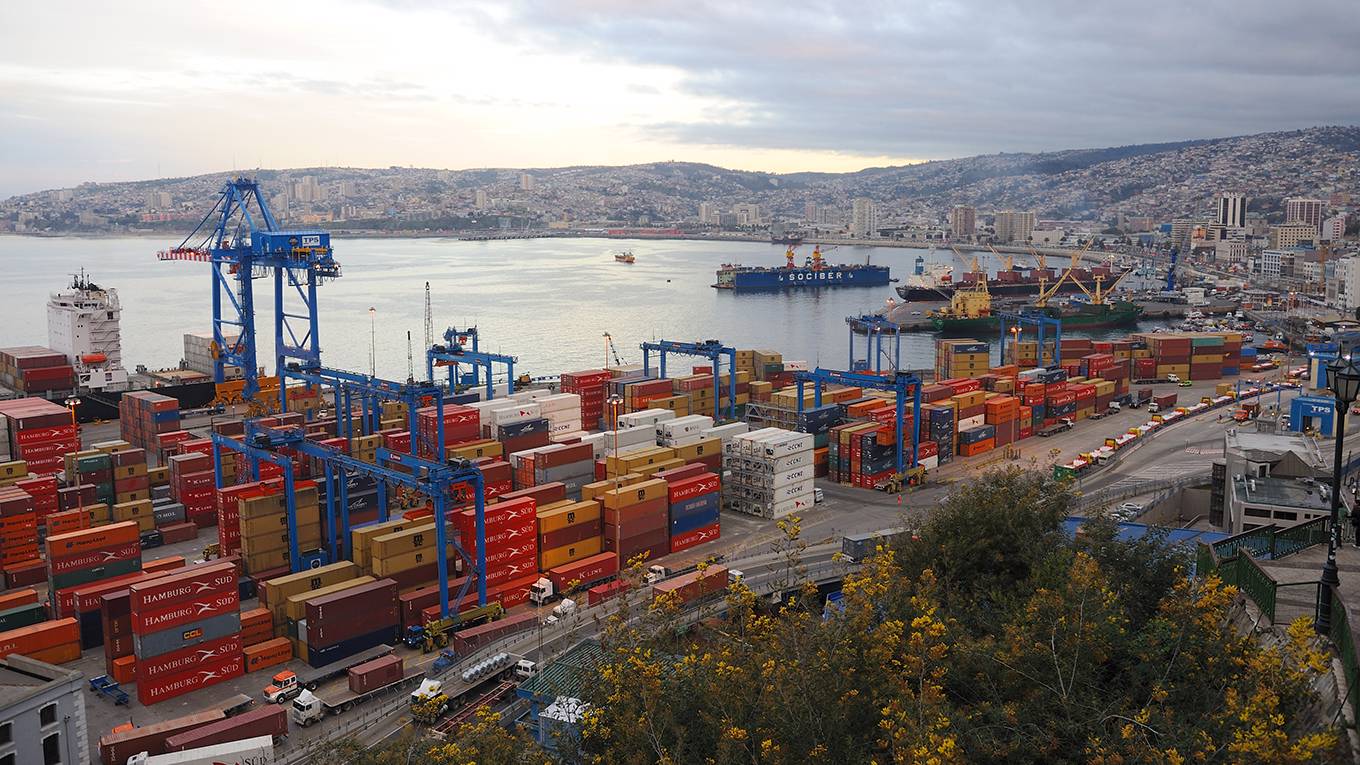
Once a peripheral presence in Latin America, China has become one of the region’s most important partners. Bilateral trade expanded from $12 billion in 2000 to over $300 billion in 2020, raising China’s share of the region’s total trade from 1.7% to 14.4%. China has also become an increasingly significant source of foreign direct investment in Latin America, accounting for nearly 10% of inflows in recent years.
In the short term, the politicization of COVID-19 vaccine access could become the latest trigger for renewed Sino-American tensions. Over the medium and long term – perhaps as soon as 2035 – China could replace the US as the region’s largest trading partner. The country is already the top trade partner of Brazil, Peru, and Chile, and receives 30-40% of their exports.
In this context, the key question for Latin America is whether the region can successfully adapt to – or even benefit from – the persistent competitive dynamics between the US and China. But the answer remains at best mixed and unclear, in part owing to significant differences across the region.
Consider the US-China trade war, which escalated in March 2018 with the first round of retaliatory tariffs. Although Brazil’s soybean exporters have realized sizable gains over the last three years by replacing US exports to China, other Latin American countries and sectors did not necessarily benefit from trade diversion to the same extent. Even in Brazil, there is uncertainty as to the long-term sustainability of the export boom triggered by the trade war.
Moreover, northern Latin America (Mexico, Central America, and the Caribbean) has markedly different trade relations with China compared to the region’s commodity-dependent south. While Mexico previously captured reshoring and nearshoring opportunities as some supply chains shifted out of China, the COVID-19 pandemic wiped out much of that windfall, at least temporarily.
The COVID-19 crisis has laid bare systemic inequities that will have to be addressed if we are ever going to build more sustainable, resilient, and inclusive societies. Join us on June 23, 2021, for our latest live virtual event, Back to Health: Making Up for Lost Time, where leading experts will examine the immediate legacy of the pandemic and explore solutions for bringing all communities and societies back to health.
On a micro level, retaliatory tariffs and growing protectionism triggered by the trade war have caused collateral damage for Latin American firms. In 2019, for example, Chilean nut exporters were caught off guard when the Indian government increased most-favored-nation tariffs on nuts in response to bilateral US tariffs on Indian steel. This decision affected a Chilean shipment of nuts already at sea en route to India.
With Latin America facing a potentially unsupportive international environment, owing to divergent post-pandemic recoveries and sustained US-China trade frictions, policymakers should pursue three priorities.
First, Latin American countries must remain vigilant and carefully navigate US-China tensions on issues ranging from trade and investment to 5G technology and COVID-19 vaccines. The region is highly heterogeneous, especially between its north and south, so the only rule of thumb for choosing between the US and China (which many regard as a false dichotomy) should be alignment with national development goals and strategies.
Second, Latin America needs to diversify its exports, starting at the country level. Embracing greater trade openness globally and intra-regionally reduces dependence on individual markets, whether the US or China. Despite widespread protectionism (exacerbated by pandemic-induced export controls), Latin America can play a constructive role in strengthening international trade cooperation. Chile, for example, which has 30 trade agreements with 65 countries, is a regional and global free-trade champion.
US-China tensions are unlikely to abate anytime soon, and Latin America will not be able to insulate itself fully from the fallout. But by heeding the lessons of the last three years, the region’s governments and businesses can better position themselves to succeed over the next three years and beyond.



